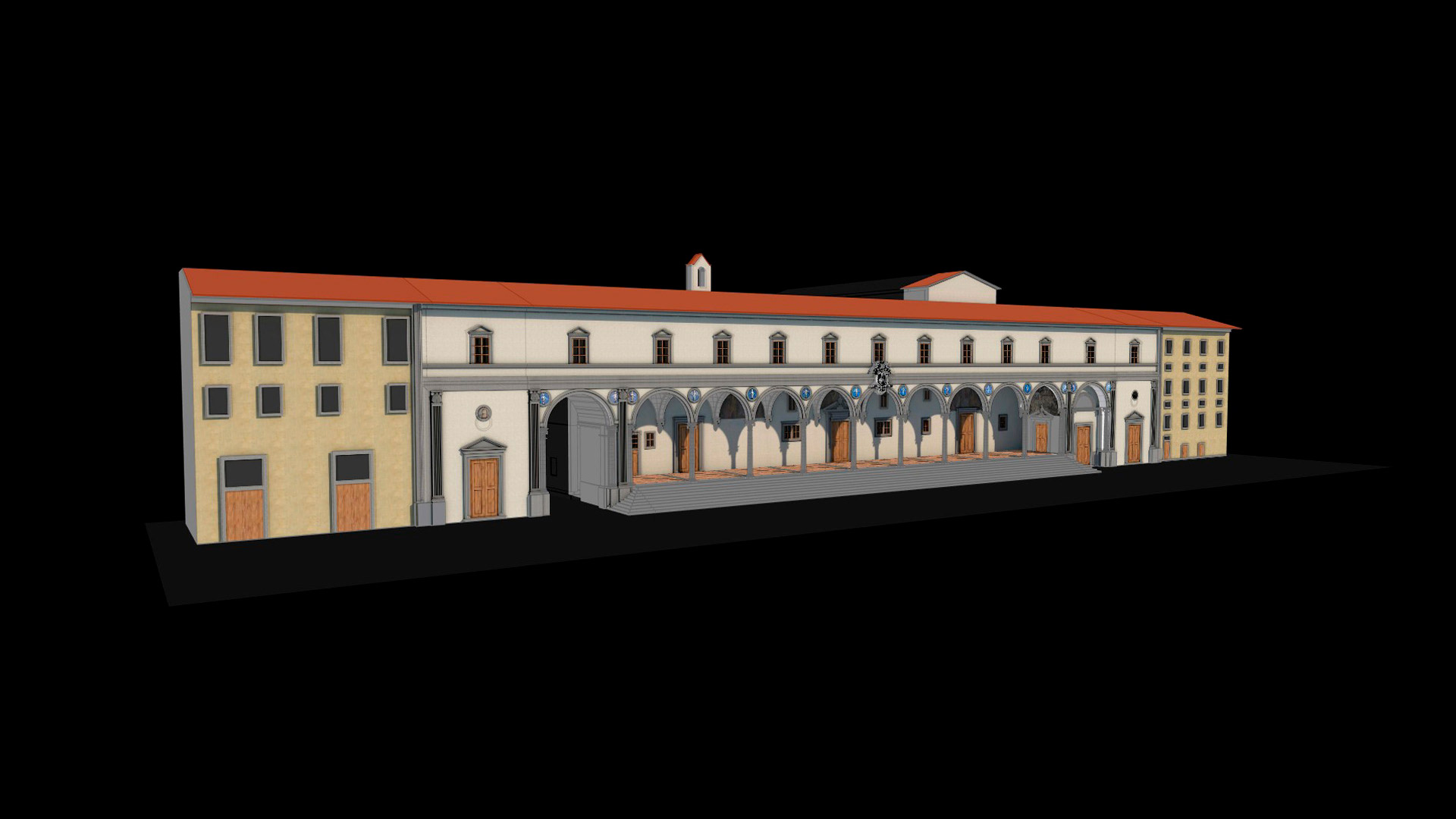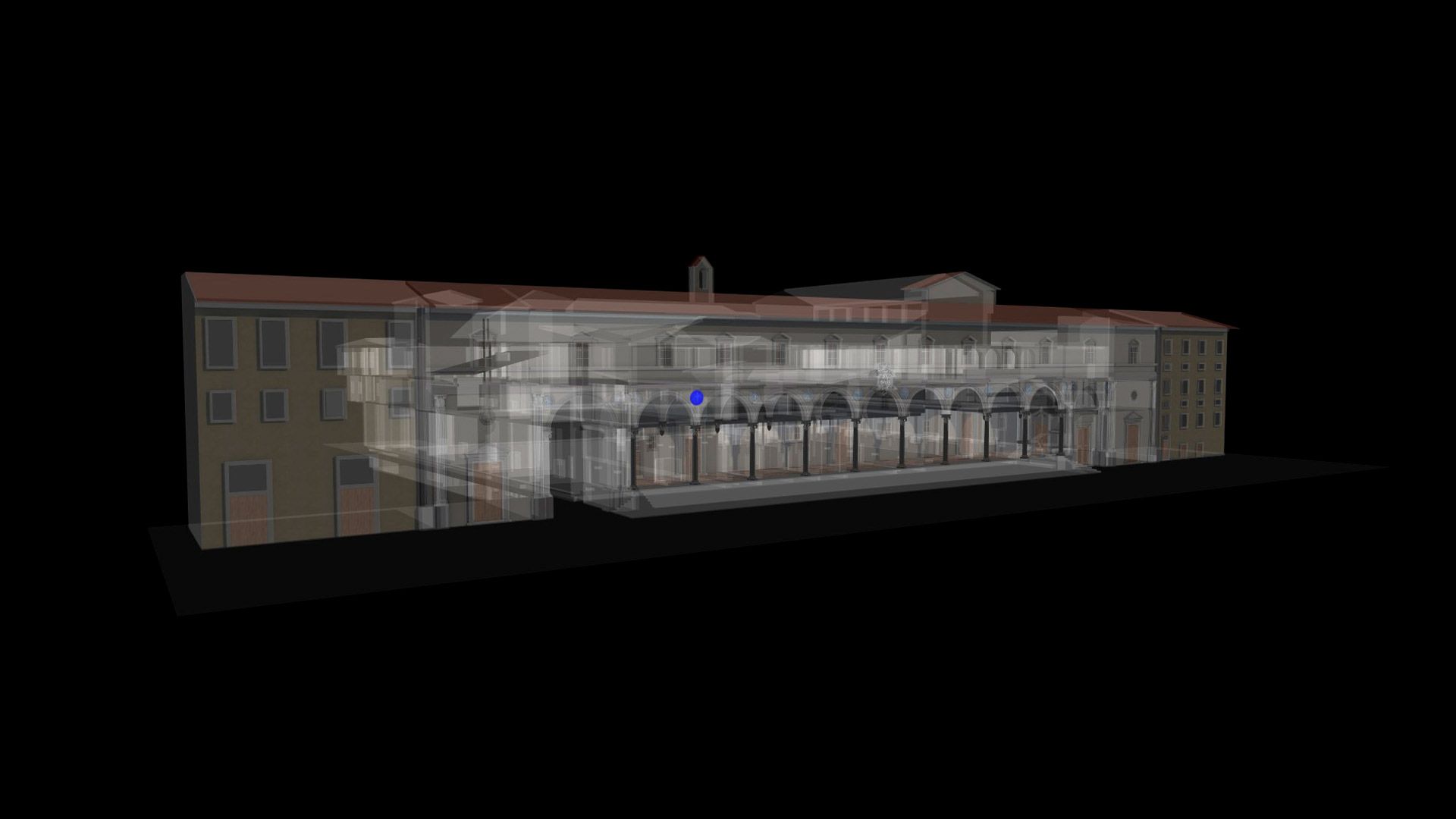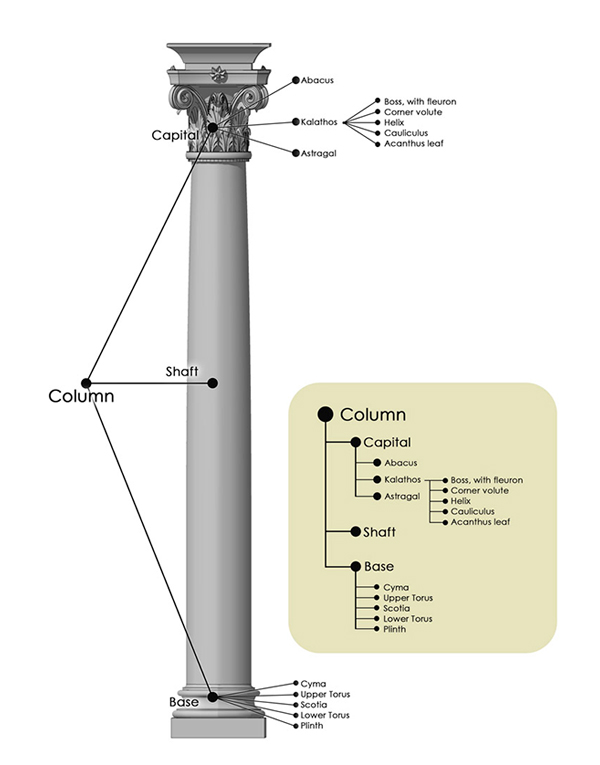WHAT WE DO
Software solutions for managing 3D Building Information Models
INCEPTION S.r.l. provides software solutions for managing, visualizing and archiving 3D Building Information Models (BIM), together with all the related digital documents, based on semantic technologies, allowing an adoption of new digital technologies from a wide audience, without barriers of specific skills or age.



SEMANTIC APPROACH
The innovative core lies in its unique solution
The innovative core of the proposed innovation lies in semantically breaking down a building in its single constituent parts. Each element, be it physical or functional, is treated with the same approach. The building is therefore discomposed in elements provided with properties and relations with other elements (physical and/or functional). Hence, the whole building is modelled as a collection of these entities.
The heart of this semantic approach is also the unicity of this solution: everything is represented as semantic triples, where two elements (namely “subject” and “object”) are linked through a relationship (“predicate”) between them.
The properties of each element can be both tangible (e.g. material, dimensions, thermal properties, etc.) or intangible (e.g. space allocation, departments, users, etc.). According to this approach, each building element can be linked to other entities, such as documents, photos, and videos, using the same logic: subject -> predicate -> object.
INCEPTION CORE ENGINE (ICE)
The technological challenge is natively making use of public standards such as IFC (Industry Foundation Classes) for BIM modeling, RDF (Resource Description Framework) as data model for semantic triples, WebGL for 3D representation, etc.
The main product offered by INCEPTION is the INCEPTION CORE ENGINE (ICE). It consists of a framework of software tools and a set of APIs able to transform each element on an IFC BIM model into semantic triples, described according to an RDF data model, store them in dedicated a semantic triple store and link them to metadata, documents and other linked data using standards from semantic web. The whole site, or part of it, is then reassembled in a 3D model, navigable by means of a simple modern web browser (HTML5 + WebGL).
Contact us
Any questions?
Get in touch!

